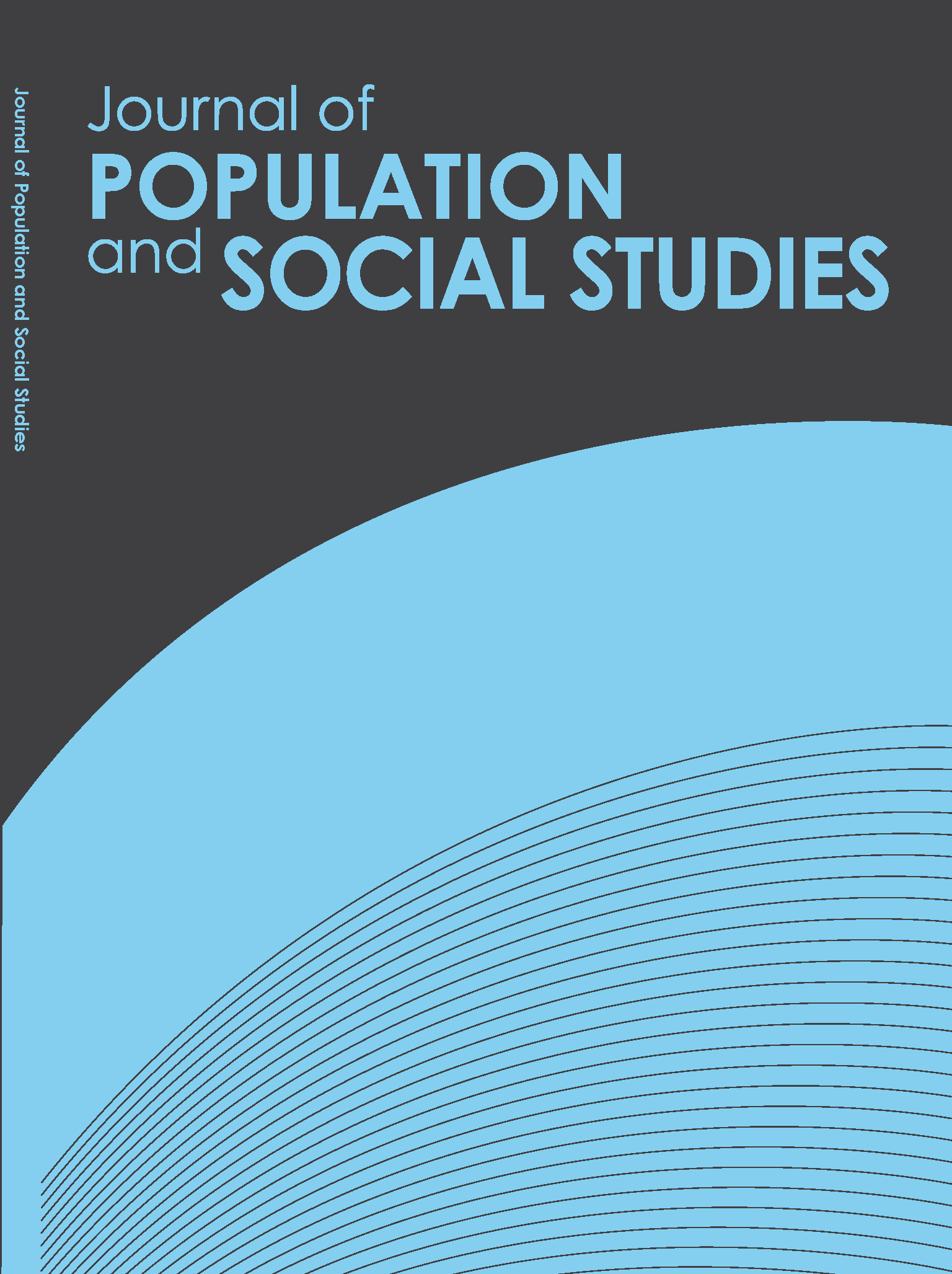Abortion as a Process of Birth Limiting Rather than Spacing among Educated Urban Couples in West Bengal, India
Main Article Content
Abstract
Despite the high level of usage of traditional contraceptive methods, particularly among the urban and educated couples, the eastern Indian state of West Bengal has achieved the replacement level of fertility. This paper attempts to understand the patterns, dynamics of contraceptive use and associated outcomes (method failure and abortions) during the inter-pregnancy intervals among the urban educated-couples who ever used any traditional contraceptive methods in Howrah, West Bengal using both quantitative and qualitative approach. The findings showed that the use of traditional contraceptive methods was high due to lower comprehensive knowledge and misconceptions about modern methods, particularly among men. High prevalence of unintended pregnancies and induced abortions was observed, particularly for traditional contraceptive users. The calculated unintended pregnancy rate and ratio in the study population were 235 per 1,000 pregnancies and 570 per 1,000 women, respectively. Similarly, the calculated rate of induced abortion was 78 per 1,000 pregnancies with an abortion ratio of 99 per 1,000 live births. Due to the motivation to have small families, couples if they had at least one surviving child, opted to regulate their unintended pregnancies with induced abortion, especially among only traditional contraceptive users. This indicates that women considered abortion as a process of birth limiting rather than spacing to maintain the desired family size and the choice of contraceptives determining number of pregnancies.
Article Details
References
Arnold, F. Kishor, S. & Roy, TK. (2002). Sex-selective abortions in India, Population and Development Review, 28(4), 759–785.
Basu, A. M. (2005). Ultramodern contraception: Social class and family planning in India. Asian Population Studies, 1(3), 303-323.
Basu, A. M., & Amin, S. (2000). Conditioning factors for fertility decline in Bengal: History, language identity, and openness to innovations. Population and Development Review, 26(4), 761-794.
Basu, S. (2011). High prevalence of traditional contraceptive methods and low fertility: factors affecting choice of traditional methods in Urban West Bengal, India. In Annual Meeting of Population Association of America (March 31 – April 2, 2011), Washington, DC. APHA. Retrieved from http://paa2011.princeton.edu/papers/112588
Behera, D., Bharat, S., & Gawde, N. C. (2015). Induced abortion practices in an urban Indian slum: Exploring reasons, pathways and experiences. Journal of family & reproductive health, 9(3), 129.
Bhat, P. N. M. and Zavier, A. J. F. (2003). Fertility decline and gender bias in Northern India. Demography, 40(4): 637-657.
Biswas, D. K., Bhunia, R., & Mukherjee, A. (2016). High prevalence of abortion among primigravida and teen aged girls in the district of Purba Medinipur, West Bengal; India. Indian Journal of Public Health Research & Development, 7(1), 74-79.
Bongaarts, J., & Bruce, J. (1995). The causes of unmet need for contraception and the social content of services. Studies in family planning, 57-75.
Bongaarts, J. & Johannson, E. (2000) Future trends in contraception in the developing world: prevalence and method mix, working Paper No. 141, The Population Council, New York.
Chacko, E. (2001). Women’s use of contraception in rural India: a village-level study. Health & place, 7(3), 197-208.
Clark, S. (2000). Son preference and sex composition of children: Evidence from India. Demography, 37(1), 95–108.


